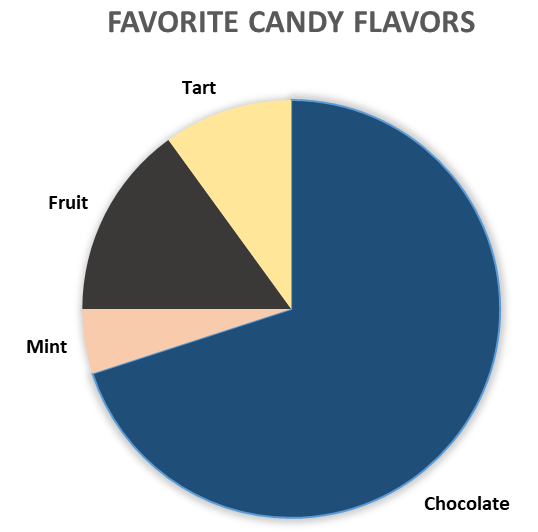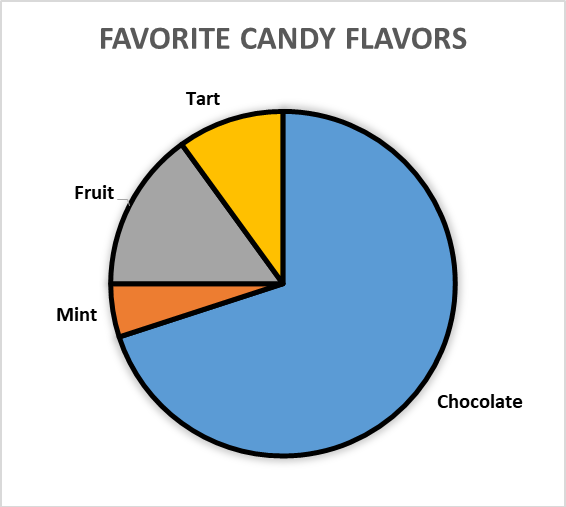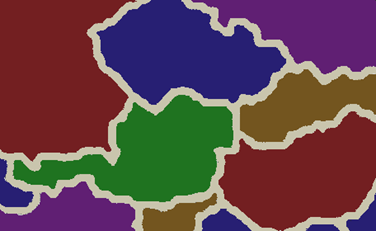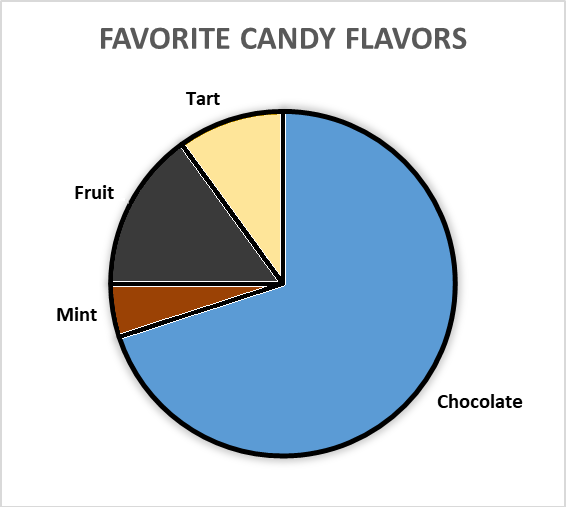Technique G209:Provide sufficient contrast at the boundaries between adjoining colors
About this Technique
This technique relates to 1.4.11: Non-text Contrast (Sufficient).
This technique applies to for graphics which use multiple colours adjacent to each other.
Description
The objective of this technique is to ensure people with moderately low vision can distinguish boundaries between adjoining segments of color.
The success criteria for non-text contrast uses the term "graphical object" to cover small simple graphics, and parts of larger complex graphics. This technique focuses on solid color segments where the boundaries between colors convey meaning.
When selecting colors for graphics with multiple colors, consider adjoining colors and test that the contrast ratio is at least 3:1. If adjoining colors have less than 3:1 color contrast ratio difference add a border with at least a 3:1 color contrast with each color.
Examples
Example 1: Pie chart with alternative light/dark colors

Example 2: Pie chart with borders between segments

Example 3: Map with border boundaries

Example 4: Pie chart with black and white borders

Related Resources
No endorsement implied.
- Understanding SC 1.4.3 Contrast (minimum) lists color contrast tools.
Tests
Procedure
For each graphical object required for understanding use a color contrast tool to:
- Measure the contrast ratio of each color compared to the adjacent color(s) or border (if present).
- Check that the contrast ratio is at least 3:1 for each adjacent color or border (if present).
Expected Results
- #2 is true